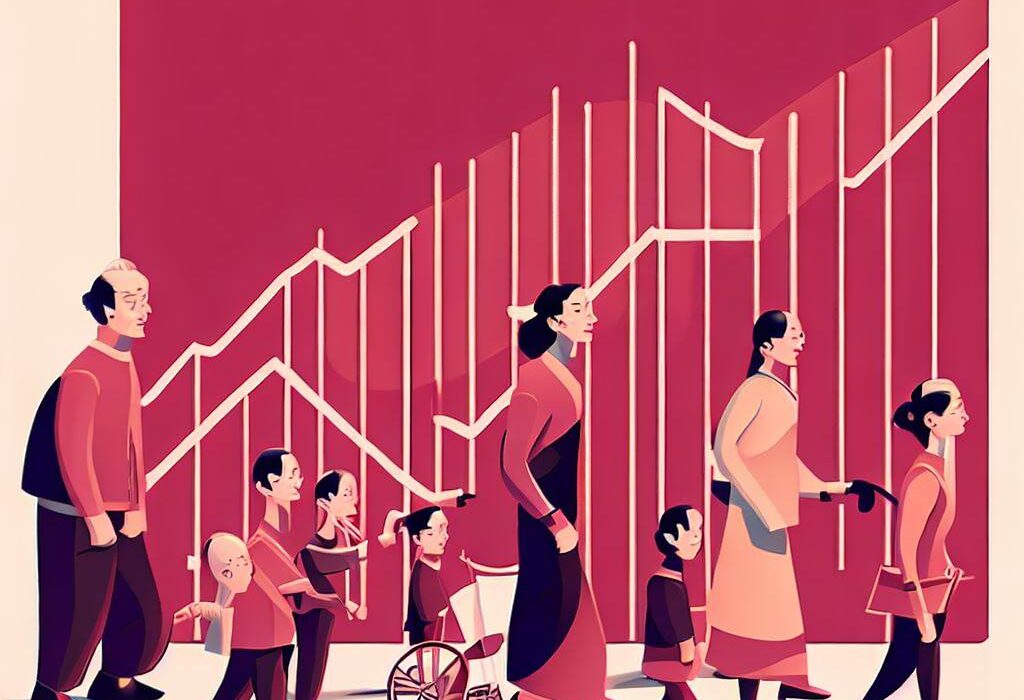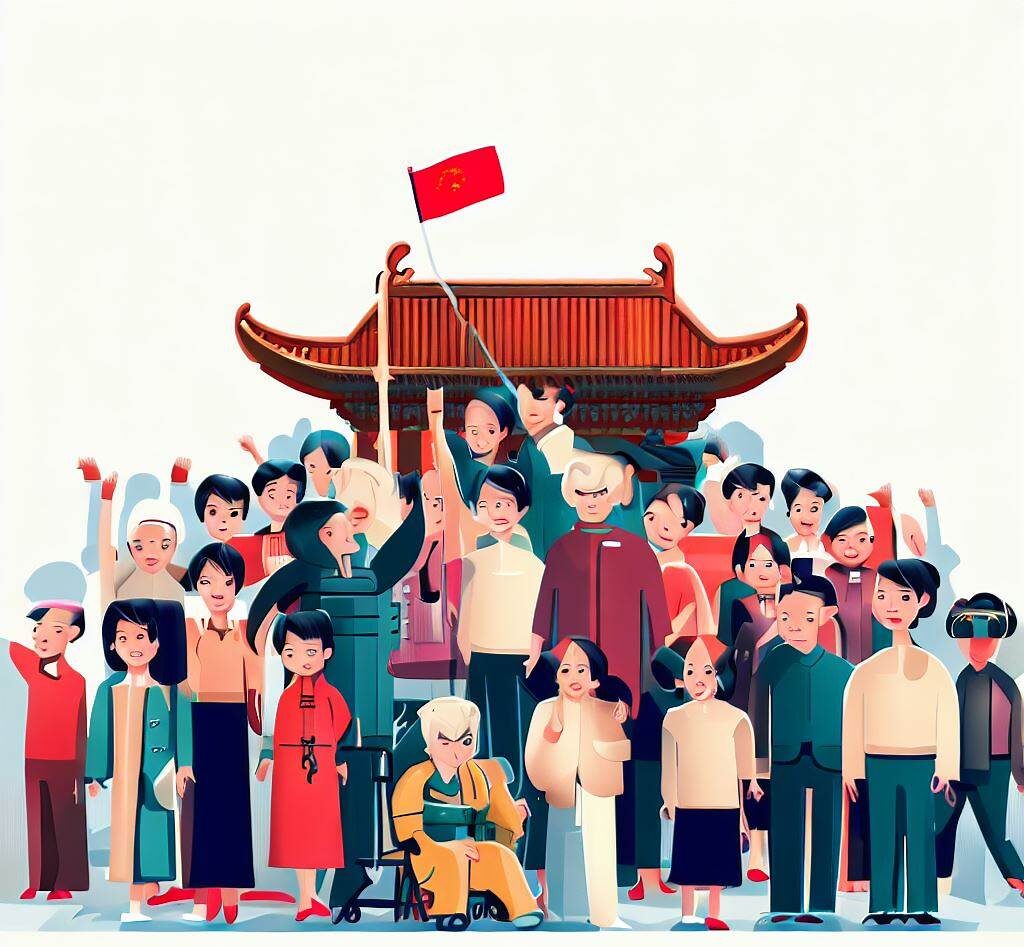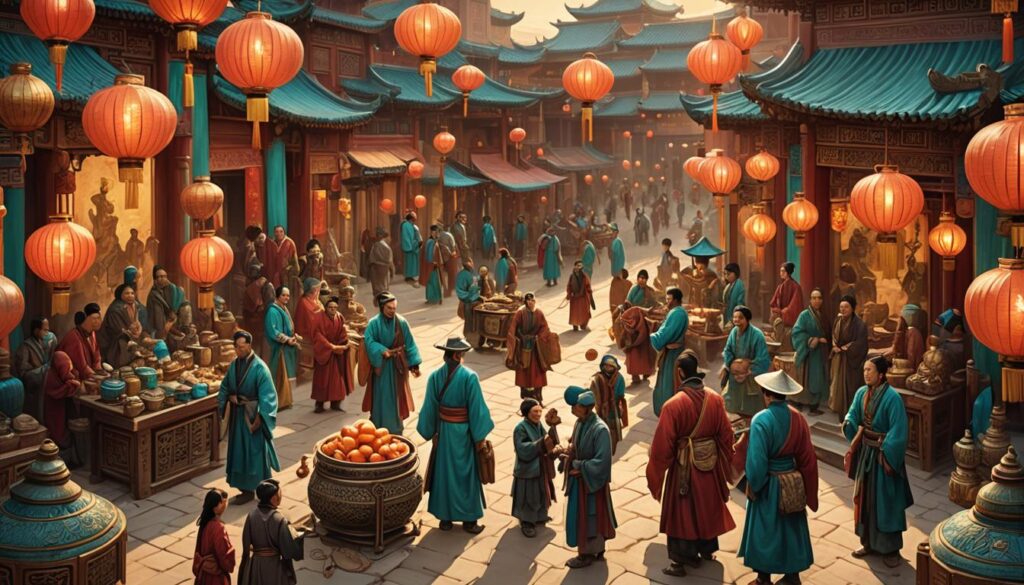Demographic changes in China 1950-2023

Demographic changes in China 1950-2023
Over the past several decades, China has undergone significant demographic changes that have had a profound impact on the country’s social, economic, and political landscape. From the early years of the People’s Republic of China in the 1950s to the present day, the country has experienced a range of demographic shifts, including changes in population size, age distribution, fertility rates, and migration patterns. In this article, we will explore some of the key demographic changes in China between 1950 and 2023.
Population Size
One of the most significant demographic changes in China over the past several decades has been the country’s population size. In the 1950s, China’s population was around 542 million people. By 2023, the country’s population is expected to reach 1.4 billion, an increase of over 850 million people. This growth has been driven by several factors, including improvements in healthcare and nutrition, as well as changes in social and economic policies that have encouraged families to have more children.
Age Distribution
Another major demographic shift in China has been changes in the country’s age distribution. In the 1950s, China had a relatively young population, with a large proportion of the population under the age of 15. By 2023, however, the country’s age distribution is expected to be much older, with a significant proportion of the population over the age of 60. This shift has been driven by a combination of factors, including improvements in healthcare and nutrition that have led to longer life expectancies, as well as changes in social and economic policies that have led to lower fertility rates.

Fertility Rates
One of the key drivers of demographic change in China has been changes in the country’s fertility rates. In the 1950s, China had a high fertility rate, with an average of around six children per woman. However, in the late 1970s, the Chinese government introduced the “One-Child Policy,” which aimed to control population growth by limiting most families to one child. This policy had a significant impact on China’s fertility rates, which dropped sharply over the next several decades. By 2023, the country’s fertility rate is expected to be around 1.6 children per woman, which is below the replacement level of 2.1 children per woman.
Migration Patterns
Finally, another important demographic change in China has been changes in migration patterns. In the early years of the People’s Republic of China, there was relatively little internal migration, as most people were tied to their local communities and workplaces. However, in recent decades, there has been a significant increase in internal migration, as people have moved from rural areas to urban areas in search of better job opportunities and a higher standard of living. This trend has been driven by a combination of factors, including improvements in transportation infrastructure and changes in social and economic policies that have encouraged urbanization.
In conclusion, China has undergone significant demographic changes over the past several decades, including changes in population size, age distribution, fertility rates, and migration patterns. These changes have had a profound impact on the country’s social, economic, and political landscape, and are likely to continue to shape China’s future development in the years to come.
Would you like to know more details?
Check out China Development and Population Research Center








